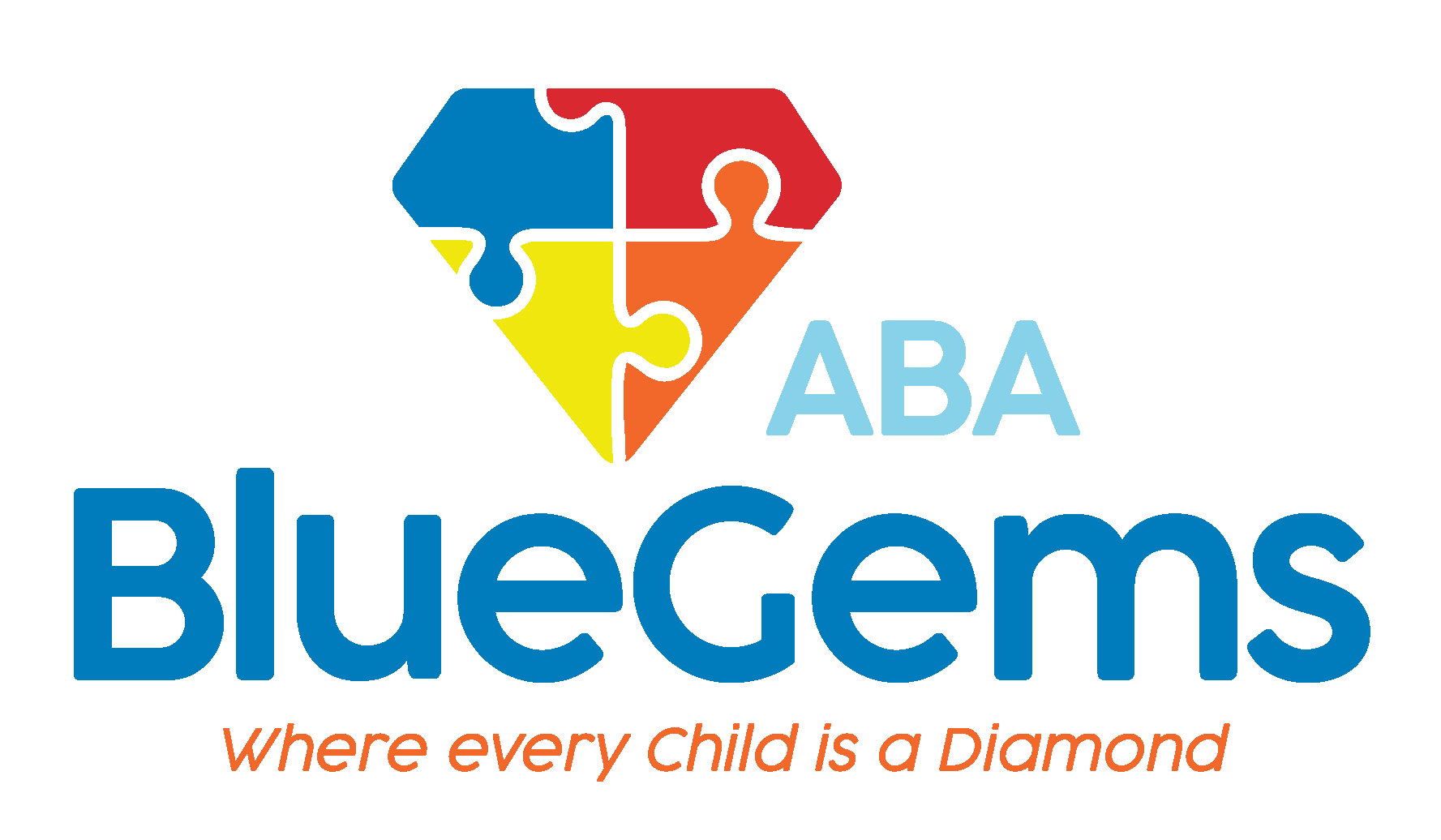Autism Screenings
Research has shown that the earlier an autism diagnosis can be made, the better outcomes a child can have. That’s because early intervention treatments are crucial to helping children with autism spectrum disorder (ASD) build the communication, social and daily life skills with which they commonly struggle.
Much research has been done into ASD in recent years, and that’s led to amazing advances in diagnosing and treating children with autism. This research has resulted in autism screenings happening for children from almost the time they’re born.
These autism screenings are typically done at your child’s well visits at their pediatrician, which are held at regular intervals through the child’s first two years of life. These screenings help pediatricians, parents and caregivers determine how well the child is developing as well as identify any of the possible early signs of autism.
Let’s talk more about autism screenings, when they should be conducted and what they entail.
Learn more: https://bluegemsaba.com/autism-diagnosis-signs-and-symptoms/
Table Of Contents
When are Autism Screenings Administered?
As mentioned above, at each well visit, the pediatrician should be measuring your child’s development and comparing it to the standard developmental milestones list. The U.S. Centers for Disease Control and Prevention last updated this list in 2022, and it’s available for parents to see anytime they are interested.
There are set milestones that your child starting at 2 months old. Most of the major developmental milestones happen in increments in the first two years of life, though there are also milestones that go until a child is 5 years old.
In addition to this, specific autism screenings should be given to all children at their 18-month and 24-month well visits, according to recommendations from the American Academy of Pediatrics. These screenings will help identify if your child has any early significant behavioral or developmental challenges and, if so, if there are any recommended interventions.

What Do These Autism Screenings Entail?
There are many tools that pediatricians can use for their autism screenings. The AAP doesn’t recommend one specific tool over others, though the most commonly used one is known as the M-CHAT, or the Modified Checklist for Autism in Toddlers.
Other potential autism screening tools your child’s pediatrician might use include the Communication and Symbolic Behavior Scales (CSBS), the Pervasive Developmental Disorders Screening Test-II (PDDST-II), and the Ages and Stages Questionnaire SE-2 (ASQ-SE2).
All of these screening tools involve a parent questionnaire. The M-CHAT, for instance, includes 23 questions that parents fill out, and that are usually done while you’re in the waiting room for your child’s 18-month and 24-month well visits.
Pediatricians will then use the results of these screening tools to have further conversations about any potential red flags that appeared. This could include concerns regarding language delays or specific behaviors.
What Happens after Autism Screenings?
If everything looks good following the results of the autism screenings, your child’s pediatrician will let you know that they are developing at any appropriate pace. They may ask some follow-up questions to get a better idea of your child’s development, but they’ll likely just advise you to keep paying attention to certain developmental signs.
If concerns did arise from the autism screening, then the pediatrician will likely ask you some follow-up questions to gain more information. They might also conduct a general observation of your child to gain more insight into the potential issues.
Then, they may recommend that your child see a specialist for further evaluation or testing. This could include either neurologic or genetic testing, or even a full in-depth autism evaluation.
Autism evaluations are typically performed by either a developmental pediatrician, a clinical psychologist or someone else who specializes in ASD.
At Blue Gems ABA, our autism evaluations are three-step processes conducted by trained and experienced clinical psychologists. They include a screening and initial assessment, a comprehensive evaluation, and a diagnostic conclusion and feedback.
If an ASD diagnosis is appropriate, they will give it to your child. Then, they will talk about next steps, which includes treatment options. If your child is diagnosed with autism, applied behavioral analysis, or ABA therapy, will likely be recommended, since it is considered the gold standard of autism treatment.
Get Your Child the Support They Need at Blue Gems ABA
Autism screenings are very important, as the earlier ASD can be diagnosed and treatment can be started, the more effective it can be. That’s why autism screenings are built into children’s early well visits at pediatrician’s offices.
If any red flags are identified through these autism screenings, your child will likely be referred to a specialist for further evaluation.
At Blue Gems ABA, we evaluate children for ASD every day and give official diagnoses if appropriate. Then, our team of experienced BCBAs administer ABA therapy on a one-to-one basis, helping every patient build the social, communication and daily life skills with which they may struggle.
To learn more, please contact us today.




